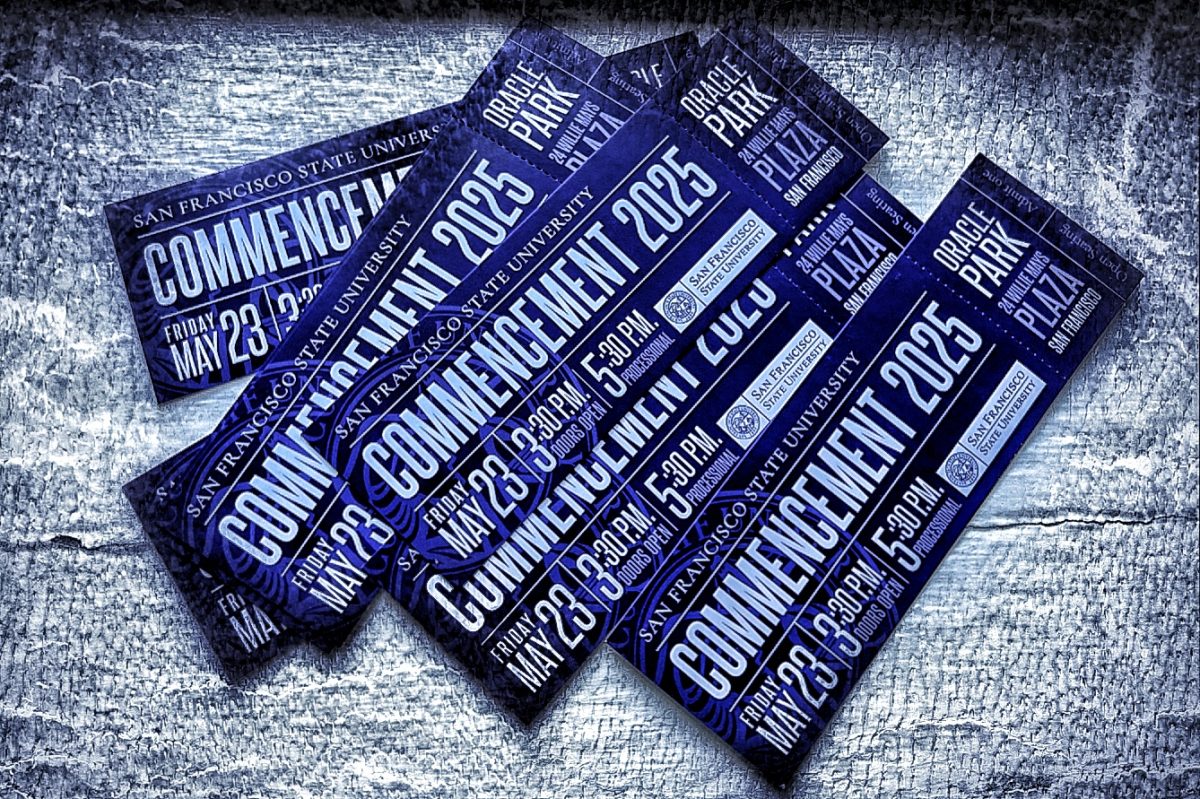The Golden State Warriors owe Stephen Curry one more legitimate chance to compete for an NBA Championship. Could they have won it this year if Curry didn’t strain his hamstring? Sure. But when Curry left Game 1 of the Warriors’ second-round playoff series versus the Minnesota Timberwolves, the roster’s deficiencies that Curry covered for were exposed.
After winning Game 1, the Warriors got dominated for stretches of the next four games. It didn’t look like the Warriors could score without Curry on the floor, and the difference he makes is stark.
Offensive rating, which measures a team’s points scored per 100 possessions, is a stat that perfectly encapsulates how much of a difference Curry makes when he’s on the floor versus when he’s off the floor. The Warriors’ offensive rating in the playoffs was 118.06 when he played, comparable to the NBA’s best offenses. Without him, it sank to 95.54, worse than the rest of the NBA, including the 18-win Washington Wizards. Curry only has one or two years left, and the Warriors cannot be this bad when he leaves the floor.
So, how do the Warriors improve and give Curry one last legitimate chance for a title? It starts with evaluating the current roster and identifying who fits the trio of Curry, Jimmy Butler III and Draymond Green.
When Kevin Durant left the Warriors in 2019, the Warriors shifted to a “two-timeline” identity. A strategy involving a roster with older veterans like Curry, Green and Klay Thompson at the time, while simultaneously using draft picks to supplement the roster with young talent.
The players drafted include James Wiseman, who the Warriors drafted at No. 2 overall, Jonathan Kuminga, drafted at No. 7 overall, Moses Moody drafted at No. 14 overall and Brandin Podziemski drafted at No. 19 overall.
While the “two-timeline” plan sounds like a good idea, it was ultimately a mistake. When the Warriors won the title three seasons ago, Wiseman missed the entire season with injury, and the rookie duo of Kuminga and Moody seldom played.
Kuminga has the highest ceiling of the three and performed well in the Timberwolves series after being benched at the end of the regular season and most of the first round. However, he has not shown enough consistency to be a player the Warriors can rely on.
Moody and Podziemski played some of the best basketball of their professional lives when Butler arrived, but in the Timberwolves series, both struggled to make shots.
What the Warriors lack is players in the prime ages of 25-29. Those players aren’t as inconsistent as younger ones and can better support an aging Curry. In 2023, they had Andrew Wiggins, Otto Porter Jr., Gary Payton II and Kevon Looney — all players in those prime ages and all smart enough to play with Curry.
When the Warriors won the championship in 2022, the quartet of Curry, Thompson, Green and Wiggins got lots of credit, and rightfully so.
But the unsung hero of that championship run was Jordan Poole, the Warriors first first-round selection in 2019, the immediate draft after Durant left. Poole not only deputized for Curry, particularly in the first-round series versus the Denver Nuggets in 2022, but also provided the Warriors with a player who can make and create their own shot.
Following a practice confrontation with Green punching Poole, Poole was traded, and the Warriors have yet to replace his shot making or creating.
The Warriors can trade a combination of Kuminga, Moody or Podziemski to replace what they lost in Poole. Options include Brooklyn Nets guard Cam Thomas, Portland Trail Blazers guard Anfernee Simons, Utah Jazz guard Collin Sexton or Bulls guard Coby White.
The Warriors also don’t have enough shooting to take advantage of the gravity Curry attracts. His off-ball-movement alone creates wide open threes, but if the Warriors can’t make wide open shots, they cannot compete for titles.
In today’s NBA, where three-point shooting is a premium, the Warriors have to find players who can consistently take and make wide-open threes.
Trading for Brooklyn Nets forward Cameron Johnson, a career 39% three-point shooter who was heavily rumored to be traded at the last trade deadline, should be a move the Warriors explore.
Finally, the Warriors need to address the center position. Oftentimes, the Warriors’ best lineups come with Green playing center, but that’s unsustainable to ask a soon-to-be 36-year-old Green next season.
The current center trio of Quinten Post, Kevon Looney and Trayce Jackson-Davis all provide the Warriors with a specific skill set that can be used in different game scenarios, but they aren’t 82-game starting centers in the NBA.
Yes, Curry will be 38-years-old when next year’s playoffs begin. Some may argue that trading all the younger Warriors away when Curry is so close to the end of his career isn’t smart. But, the likelihood of the Warriors having a player even half as good as Curry in the next two decades is low, so they should give him everything he needs to compete for a title again.
In 2009, the year Curry was drafted, the Warriors were the 18th most valuable franchise, worth $315 million. Today, the Warriors are worth $9.4 billion, largely due to the success Curry has led the franchise to.
Curry has been a Warrior for his entire career and has taken a franchise that hadn’t won a championship since 1975 all the way to four NBA titles. Given the right roster construction around him, he can do it again.














